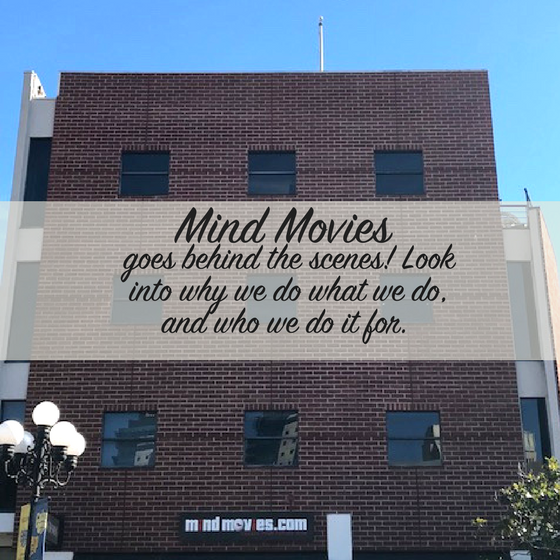Here's the thing about resilience. It's like a muscle. So the more you practice being resilient, the more resilient you'll become.
So now, you may be wondering, how do you become resilient when you don't know where to start?
Well, here's the other thing about resilience. It's something that can be learned. And one of the best ways to learn how to be resilient is to practice gratitude.
And why is that, you ask?
Well, gratitude is a very, VERY powerful emotion. And because it's an emotion, it can impact our physical well-being, as well as our mental and emotional states.
When we're grateful, we release happy chemicals like dopamine and serotonin into our brains. These chemicals have been shown to boost our moods, increase our sense of well-being, and lower levels of stress hormones like cortisol.

So tapping into this particular kind of emotion enables us to raise our energetic frequency to that of abundance and joy, which is a very resilient state to be in.
But it's not just about the chemicals. Gratitude also allows us to see the good in ourselves and the world around us, even when things are tough. It helps us to find hope and possibility when all we can see is darkness.
In other words, gratitude makes us resilient.
And resilient people can weather the storms of life much better than those who don't have this tool in their toolboxes. It helps us to focus on what's good in our lives. It allows us to appreciate the present moment, even when things are tough, and it opens us up to hope for the future. All of which are essential ingredients for building resilience.
Seems like a pretty healthy recipe, right?
Well, you see, when bad things happen, it's easy to feel like the world is against us. We can get caught up in our problems and start to see everything through a negative lens. But when we insert gratitude, we allow ourselves to reframe our thinking and increase our resilience in the face of adversity.
In fact, gratitude may be the key!
While studies have shown that grateful people are more resilient and better able to cope with difficult situations , they're also:
-
More likely to experience positive emotions like joy and happiness.
-
More likely to give back and help others, which can create a sense of fulfillment.

So here are some tips on how to practice gratitude and exercise your resilience muscle:
One way is to keep a gratitude journal. Every day, it's as simple as writing down three things you're grateful for. It can be anything from your health to a beautiful sunset you experienced.
This boosts resilience by giving you a regular reminder of all the good in your life and helps you to focus on the present moment. This technique is a great reminder of what it means to be grounded no matter what life throws your way.
And getting your thoughts on paper is a great way to declutter your mind, which can lead to a sense of calm and peace, and mindfulness. So rather than ruminating on your problems, you're giving yourself space to focus on the good that already exists.
For example, you can start a "gratitude jar." So every time something good happens, write it down on a slip of paper and put it in the jar. Then, when you're feeling low, you can read through all of your happy moments and be reminded that good things DO happen.
In turn, boosting your resilience.
You can also express gratitude to others. Write a thank-you note to someone who has done something kind for you. Or simply tell a friend or family member how much you appreciate them.
This boosts resilience by reminding you that you're not alone and that there are people in your life who care about you. Amplifying this sense of community not only raises the collective consciousness but helps to build and strengthen relationships, which can provide even more support during tough times.
For example, you can consider starting a "gratitude circle" with your friends or family. And every week, take turns sharing something you're grateful for – which is a great activity to do around the dinner table . This is a fantastic way to foster positive relationships and support systems, which are essential for resilience, especially if you are experiencing a challenge or a crisis.
You can also work on trying to find the silver lining in challenging situations. This boosts resiliency by teaching you to look for the positive in every situation, no matter how difficult it may seem. And when you're able to do that, you'll find that resilient people aren't just born, they're made!
For example, if you get a flat tire, you can be grateful that you're able to access roadside assistance. Or if you get laid off from your job, see it as an opportunity to explore other, more empowering career options.
So it's important to remember that practicing gratitude may not make bad things go away. But! It can help us see the world in a more positive light and increase our resilience when times are tough.
So if you've ever wondered how to build resilience, by focusing on the good in our lives, we open ourselves up to hope and possibilities – both of which are essential ingredients for bouncing back from difficult situations. In fact, it’s the first step to finding more fulfillment and joy in your life.
And speaking of joy and fulfillment, I happen to have an additional tool you can add to your gratitude practice that will help you experience even more of those positive emotions. It's our best-selling Rich With Gratitude System that's packed with deeply immersive tools and exercises that have the power to instantly increase your happiness and sense of well-being . It's the ideal remedy to the challenges and obstacles so many of us are facing in our daily lives.
And the best part? You get to choose your own price! That's right, we're dropping the price on this $190 program to whatever YOU want to pay for it! Plus, we'll even include a free additional copy of the program, for you to give away to a loved one. That's just how grateful we are to have you in the community with us, so be sure to claim this incredible deal now and watch as your life instantly becomes richer with gratitude!








